Comic Book Review
Guide To Taking Care Of Comics
By Joshua H. Stulman
Whether you’re a hard core collector or casual reader, if you’re into comics then you are going to find that they pile up quick. If you are not careful, you might be damaging your books without even knowing it!
Here are Brooklyn Comic Shop’s 10 tips you should follow to keep your books looking their best:
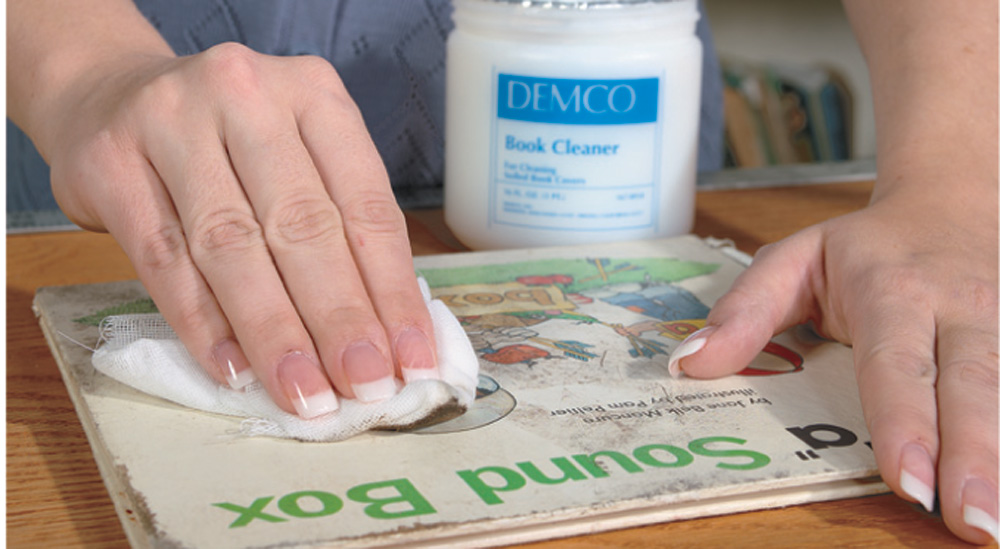
10. Clean Your Comics
If you shop at flea markets, thrift stores, or Grandma’s attic, you’re probably going to come across some dirty comics. You’ll know it by the dim look or gritty feel of the cover. If you’re book is looking a little dingy, take a slightly damp (and I mean barely damp) cloth and give the book a quick once over. It should remove any surface dirt and immediately start to make the book look a little better. You can also use a gum eraser if you have some pencil marks on the book, but be careful not to rub away the original ink.
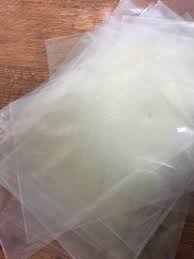
9. Use Polypropylene or Mylar Bags
Its kinda a given that if you want to keep comics as a collector, you are going to need to keep them in plastic sleeves. This is done to help preserve the condition of the book so they are not exposed to the elements or accidental spills! But what type of plastic bags do you want to use? There are many options.
Polyethylene Comic bags are probably the worst. It used to be very common for comics bought or stored from the 1980’s and early 90’s because the plastic is cheap. The plastic is not 100% clear and has a soft feel. What happens is that the plastic actually becomes yellow overtime and stains the comic as it breaks down. This can happen in a matter of a few years. If you’re not sure, a great way to tell is to take the comic out and then scrunch up the plastic bag in your hand and see if you can see the yellow tint, if so then its Polyethylene.
Polypropylene or Mylar are the two preferred types of plastics used by comic collectors. Both types are clear and do not damage the books in the short period of time. Polypropylene bags can be found at all comic stores and are great for lower value books. The plastics will break down over time and should be replaced every 10 years for safe keeping.
Mylar bags are archival, meaning they do not break down over time. They come in varying degrees of thickness from thin to thick/rigid. These are expensive but professional and should be reserved for books with higher values.
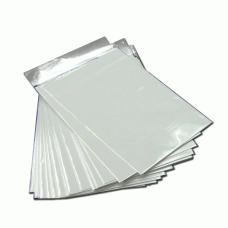
8. Use Acid Free Backboards
After you chosen your type of comic bag, you will want to use a Back Board to keep the book from creasing while handling. Back Boards will give your comic extra protection from bending during storage. Here again you will want to use archival acid free Back Boards. This type of cardboard is coated on both sides and appears white. They are usually a little thicker which is better for the comic. Half Backs will have white on one side a brown or grey on the other. These are not archival and should be avoided. The optimum archival type of backboard is Museum Board which is made from cotton. This can be purchased from art stores in sheets and cut to size.
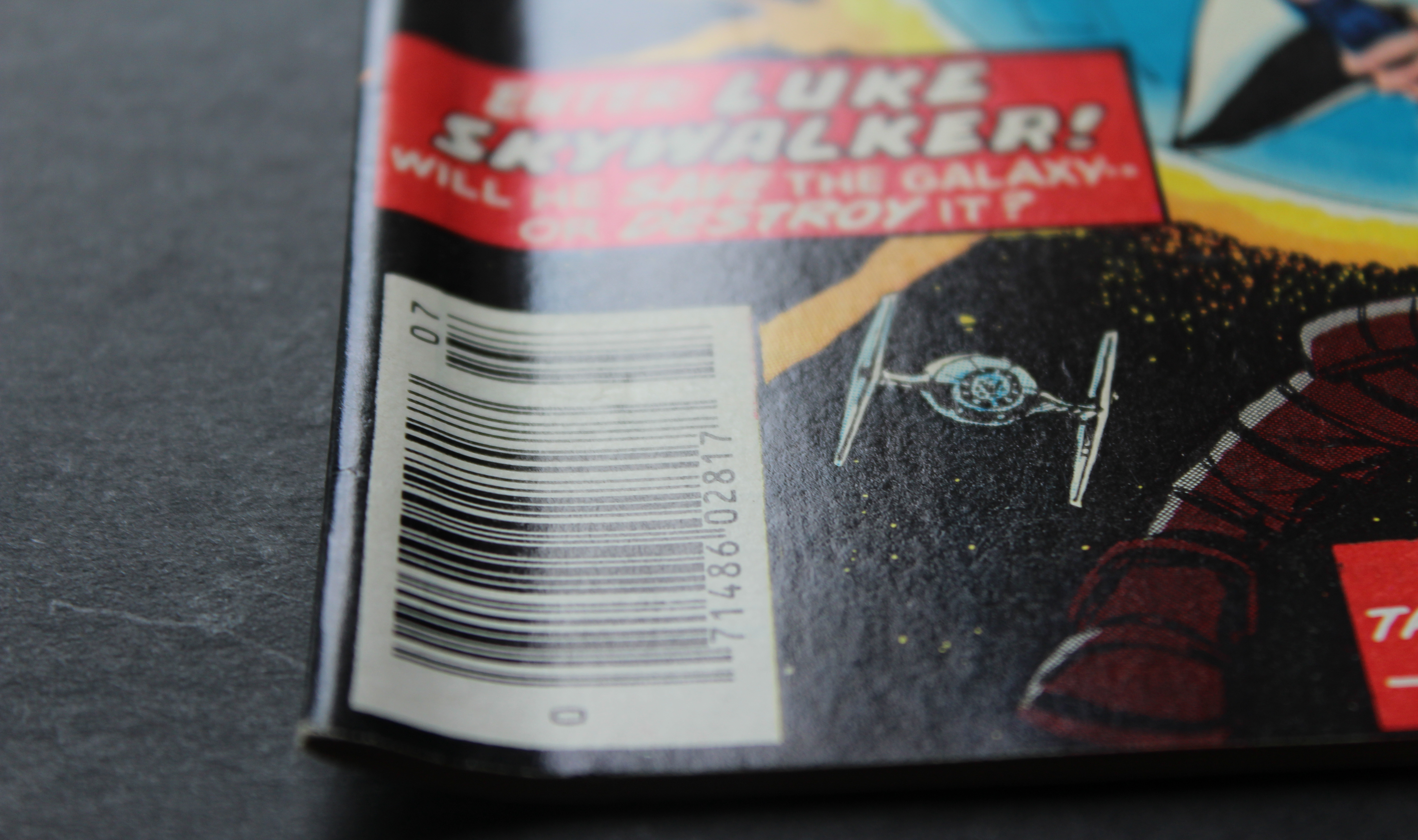
7. Store Comic Upright In A Comic Box
If you have more than a few books, you’re probably beginning to wonder how to store them. Comics should always be stored upright and never laying down in stacks. This is because the comic book is not completely flat due to the staples. This means a stack of comics is always a little bit lopsided. Uneven distributed weight will actually roll the spine of the comic thereby mis-shaping it. This occurs overtime and is not easy to catch until too late.
Using a proper comic box is really important. These are acid free coated boxes that reinforces the shape of the comic. Using totes or giant plastic bins might seem like a good idea for storage but because of their odd shapes and rounded bottoms, comics can get easily damaged.
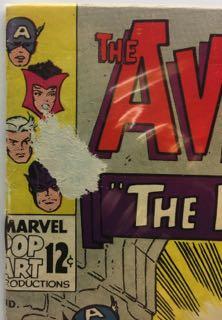
6. Remove Tape Before Taking Out Your Comic
Reading comics is fun even at the collector level, but always remember to be careful about removing and putting you comic back into the sleeves. Always remove the tape completely before taking out the comic. This helps with making it easier to take out or put back comics without worrying about getting the tape stuck to it. This allows you to focus more on handling the book than worrying about a tape accident. Removing tape also prevents the type of accidents when you put the book down without realizing the tape is exposed. Tape is so cheap, its worth the peace of mind!
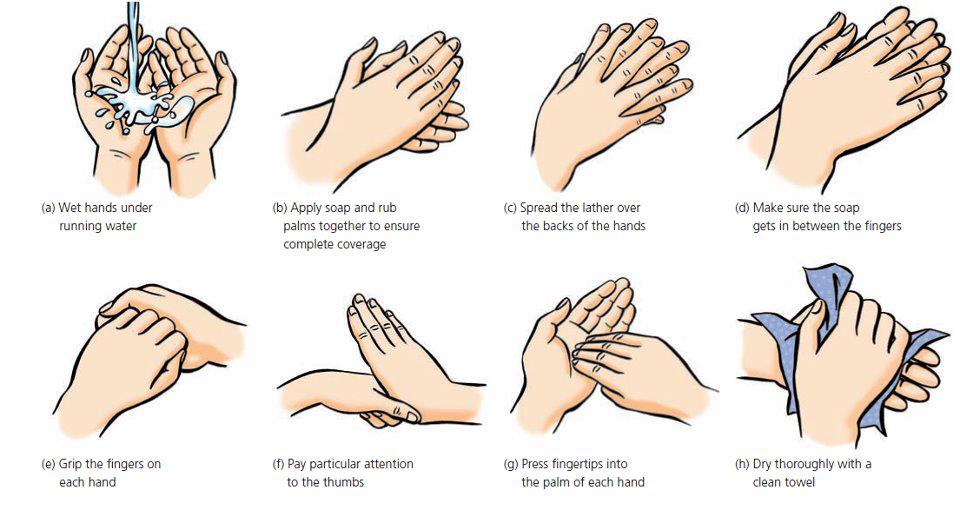
5. Wash Your Hands Before Reading
Our skin is really greasy, even without getting dirty. Oils from your hands are sure to damage and stain your books, especially if you just ate. Washing your hands is really important and simple way to keep your books in good condition. If you are dealing with high end books, you should consider cotton gloves.
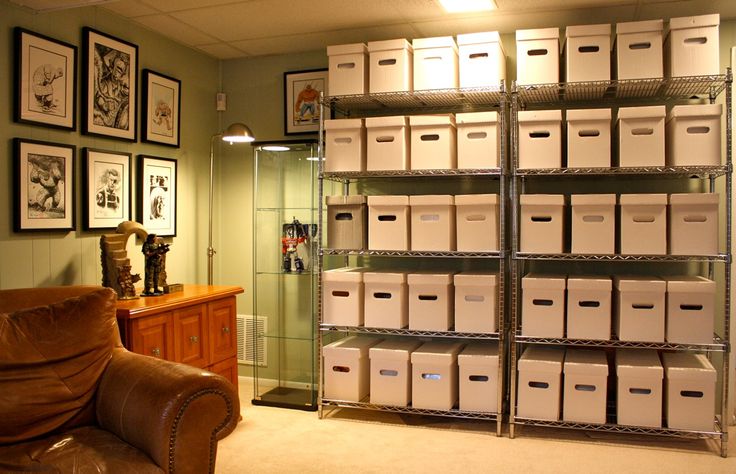
4. Store In A Dark Cool Place
Storing comics in your attic or basement may seem like a good idea to save space but it’s a guaranteed way to damage the books. Attics and basements are usually not insulated from the heat of summer and the cold of winter. They are subject to daily changes in temperature and humidity which yellows and ages the paper. The best place to keep comics is probably in your closet where it has a more even temperature throughout the year. A closet space is also away from harmful sunlight.
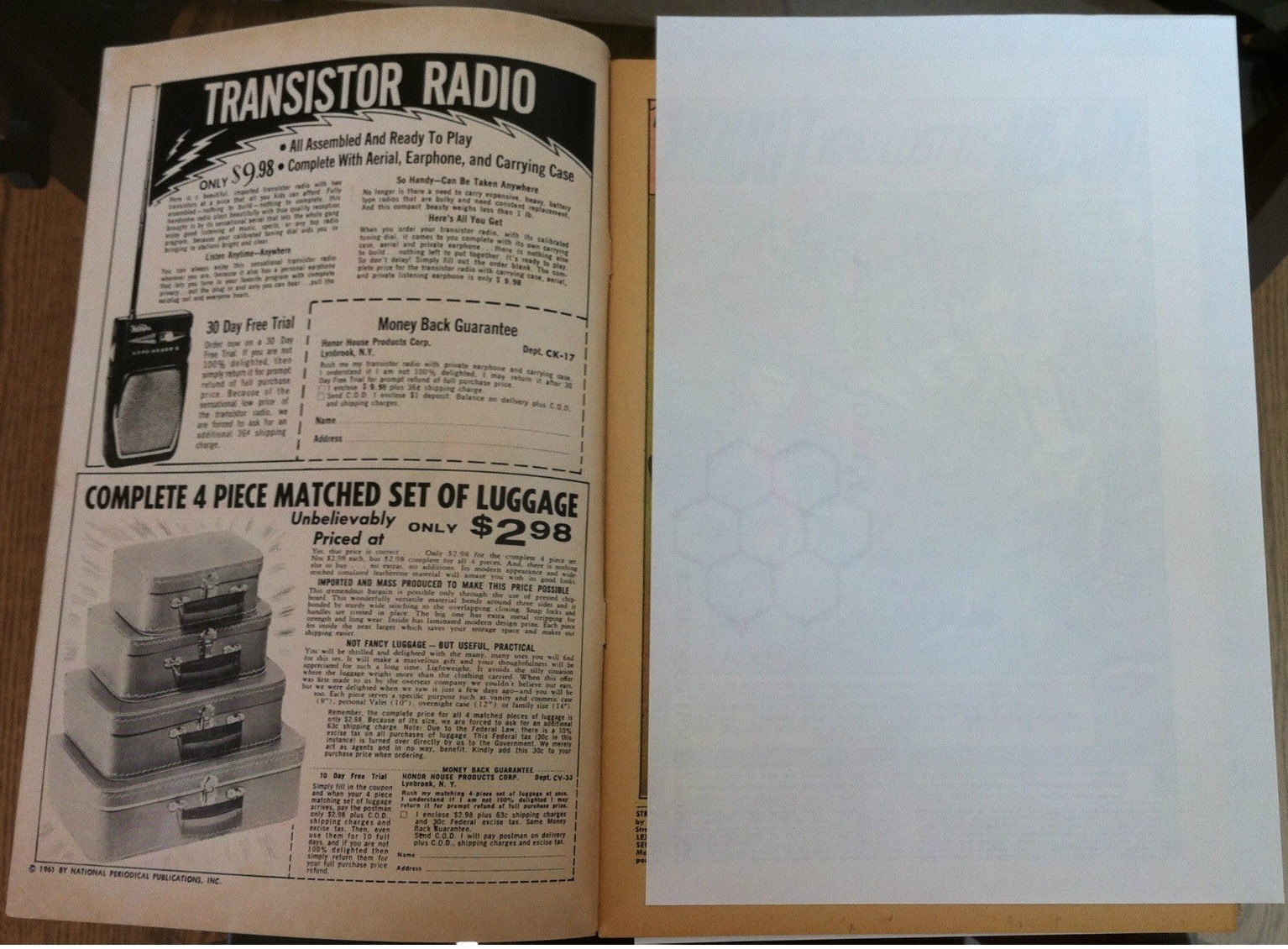
3. Microchamber Paper
The comic itself is designed to self destruct due to the poor quality of paper. However there are many archival tricks that help preserve comics. One of them is Microchamber paper. Microchamber paper is a thin barrier paper that is cut to the size of the comic page and placed between the front and back covers and the interior pages. The Microchamber paper protects from pollutants and acidic degradation that attack the paper quality of the book.
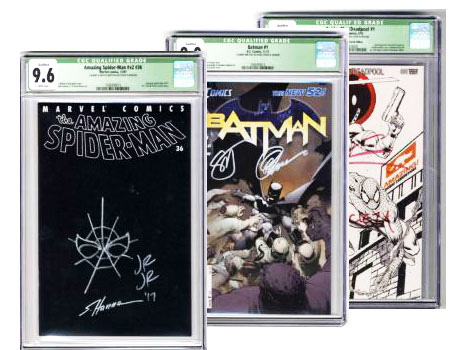
2. CGC Your Book
If you want the ultimate protection for your comics, a comic grading third party like CGC may be for you. These services can cost around $30 for a modern age book and are definitely worth it for valuable comics in high grade condition. The service includes professional grading on a 10 point scale as well as archival encapsulation. The comic will be sealed in an archival case that while not airtight, will provide protection from the environment, UV rays, and includes the Microchamber absorption paper.
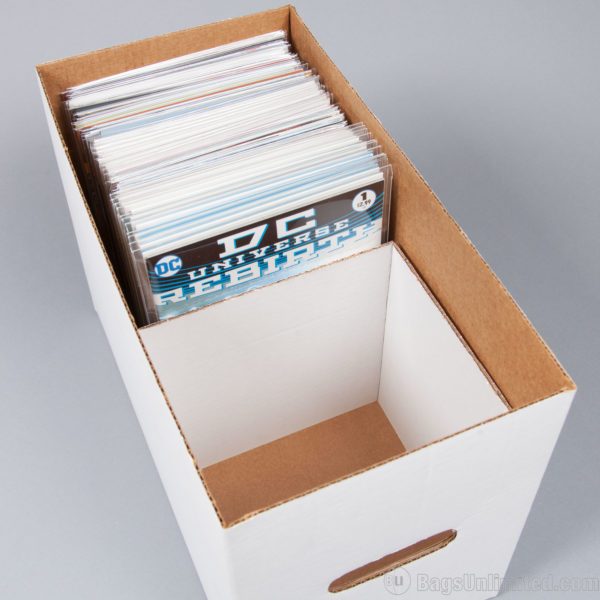
1. Don’t Leave Space In Your Box
You can do everything above perfectly to care for your comics, but if you are leaving space in your comic box, they are being damaged without you knowing. Once you have enough comics that you need a box, many people partially fill the box with the comics they have. However if there is more than an inch of space you could be damaging your books.
If your box is half full or 3/4 full there’s still alot of weight. Imagine that weight slumping in the box and coming down on the spine of your comic. Not keeping the comic box full is a major error that can cause spine damage to mint comics. Leave a .5″ space in your comic box and fill the empty space with your comic board supplies or other similar sized books. This will prevent sagging and spine damage.
Joshua H. Stulman
Owner, BrooklynComicShop.com

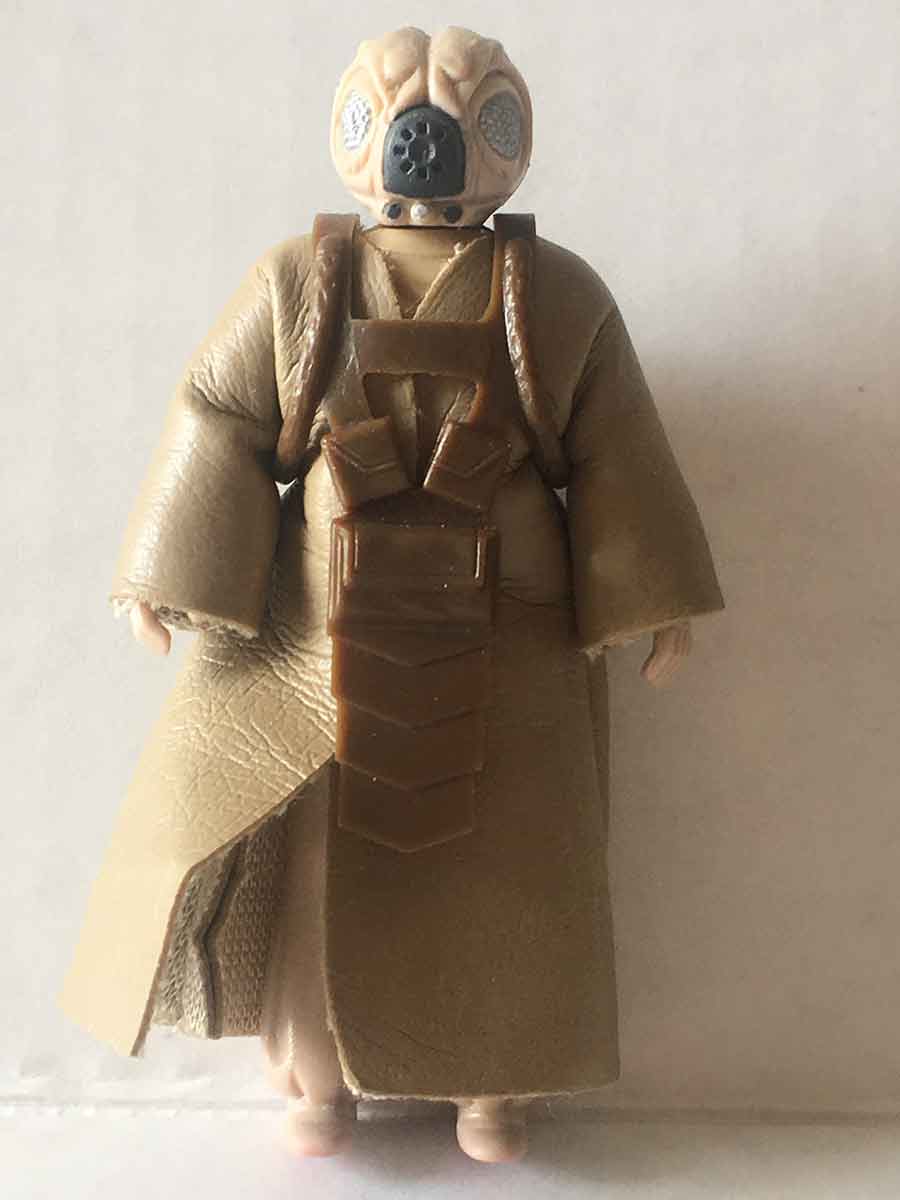

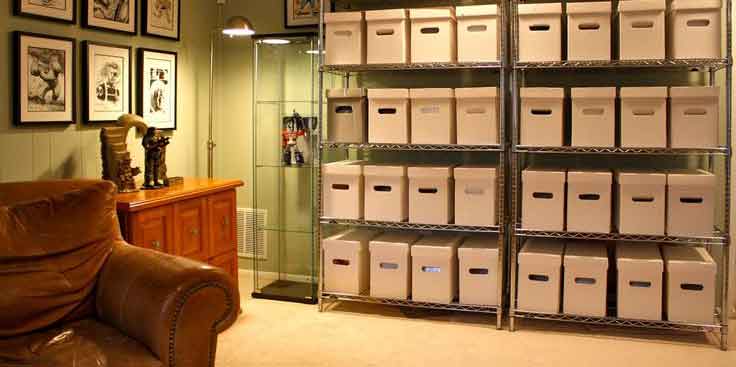









Leave a reply